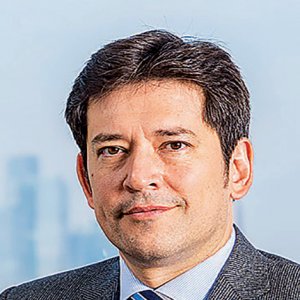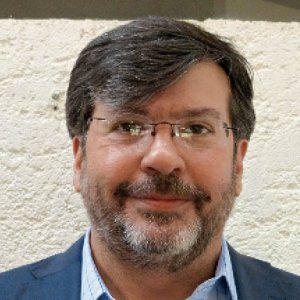International Player the Benefits of Landfill Gas Generation

Q: What are some of ENER-G’s achievements in the ten years it has been present in Mexico?
A: The ENER-G Group entered the Mexican market in 2004 through its sister company, Biogas Technology Group Limited. We secured several projects to destroy harmful methane-rich landfill gas under the Kyoto Protocol’s Clean Development Mechanism (CDM). Our projects are located in Durango, Aguascalientes, Tecamac, and Tultitlan, and have been successfully developed and operational for several years. In all, over 1 million carbon credits have been generated to date. Carbon prices dropped during the 2008 financial crisis, significantly affecting the economic viability of each project. As a result, our business plan turned to power generation. This had always been our long-term goal, but until the 2008 economic crisis, power generation opportunities did not benefit from high power prices.
Following the closure of a negotiation in 2010 with the Municipality of Aguascalientes and Nissan Mexicana, the CDM project at the San Nicolas Landfill Site in Aguascalientes became our starting point in the Mexico landfill gas-to-power market. Under the rules of a selfsupply contract arrangement, and working with our longstanding partner, the Municipality of Aguascalientes, we teamed up with Nissan Mexicana to set up our self-supply company. This enabled us to supply Nissan Mexicana with power for its car manufacturing facilities in Aguascalientes. The power generation project with an installed capacity of 3.2MW was developed by a small team of four people and became operational in December 2011.
Q: What challenges have you faced in Mexico, and how has the Energy Reform impacted on ENER-G’s operations?
A: Our second power generation project is in Durango, at the municipality’s landfill facility. Construction was completed in August 2013, but it was not commissioned until October 2014 due to delays with interconnection to the national grid. This project is operating under the Small Power Producer regime. Unfortunately, the financial returns are suffering because the Collaborative Transport Control Protocol (CTCP) node pricing system is linked to oil prices, which have dropped dramatically recently. This is resulting in limited operational time, but the Municipality of Durango recognizes that once the Energy Reform is fully in place in terms of the new electricity market, it will be able to realize the potential of one of Mexico’s few operational clean energy-from-landfill projects. While the self-supply agreement is one of the most complicated contractual arrangements that we have, we believe the Energy Reform will make the development procedure much smoother in the future.
Q: What are the key characteristics of the 2.45MW plant ENER-G built to supply Nissan’s manufacturing facility in Aguascalientes?
A: Nissan Mexicana has partnered with ENER-G and utilized our expertise to deliver this flagship project. This is the first project globally where Nissan is consuming electricity generated from landfill gas. The project’s construction works were initiated by a former president of Mexico, and ENER-G is proud to have developed the initiative with the Municipality of Aguascalientes and Nissan Mexicana. The project has two Caterpillar generation units installed, one is a CAT3520 (1.6MW) and the other a CAT3515 (1MW). Initially the project had two CAT3520 (1.6MW) units, but experience has shown us that gas prediction in Mexico is far more complex and unpredictable than in other jurisdictions where ENER-G operates. One of the most important benefits of ENER-G’s technology is that it successful destroys methane, which is 21 times more harmful to the atmosphere than CO2. The project is currently being reviewed to examine opportunities for increasing and improving the gas collection system.
Q: What is the role of waste-to-energy now that the Energy Reform has been passed?
A: The renewable energy that ENER-G produces is derived from the waste industry, with landfill gas being the main fuel source. Landfill gas has always been seen as a resource, and in fact, the USA and the UK have been exploiting landfill gas since the late 1970s and early 1980s. The reality is that most countries have a support mechanism, which incentivizes third party investors and developers, such as ENER-G, to invest in renewable energy generation. In the UK we have Renewable Obligation Certificates (ROC) and in other countries there are Green Certificates. Over time, this will all migrate to Mexico in terms of environmental standards and operational best practices.



















